December 6, 2016
UK government to move 5,700 civil servants from Whitehall to east London 0
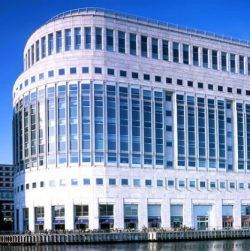 The UK Cabinet Office has today announced the location of a new Government Hub at Canary Wharf, as the government prepares to move around 5,700 full time civil and public servants from offices in Whitehall to East London. The government will take the whole building, owned by Canary Wharf Group, at 10 South Colonnade, Canary Wharf, covering 50,354 sqm, on a 15 year lease (to end in 2032). The move, which will be completed by the end of 2018, supports the modernisation of the Civil Service outlined by the new Workplace Plan on July 12. The Government Property Unit, (GPU), as part of its remit to drive savings across the government estate, is overseeing the deal with Barclays for the new hub. The Government claims the hubs will benefit the public sector by ensuring the future workforce is where it needs to be, in strategic locations with great public transport connections, local amenities and offering a modern working environment. Relocating civil and public servants from existing, often fragmented office locations, to modern, cross-departmental workplaces will make the most of emerging working practices and technology is part of that drive, it claims.
The UK Cabinet Office has today announced the location of a new Government Hub at Canary Wharf, as the government prepares to move around 5,700 full time civil and public servants from offices in Whitehall to East London. The government will take the whole building, owned by Canary Wharf Group, at 10 South Colonnade, Canary Wharf, covering 50,354 sqm, on a 15 year lease (to end in 2032). The move, which will be completed by the end of 2018, supports the modernisation of the Civil Service outlined by the new Workplace Plan on July 12. The Government Property Unit, (GPU), as part of its remit to drive savings across the government estate, is overseeing the deal with Barclays for the new hub. The Government claims the hubs will benefit the public sector by ensuring the future workforce is where it needs to be, in strategic locations with great public transport connections, local amenities and offering a modern working environment. Relocating civil and public servants from existing, often fragmented office locations, to modern, cross-departmental workplaces will make the most of emerging working practices and technology is part of that drive, it claims.





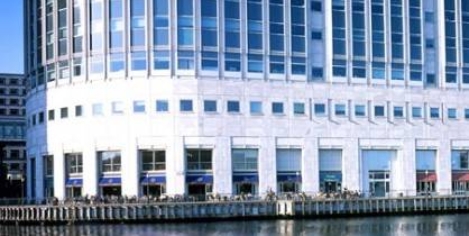


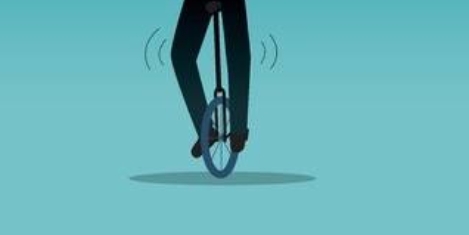

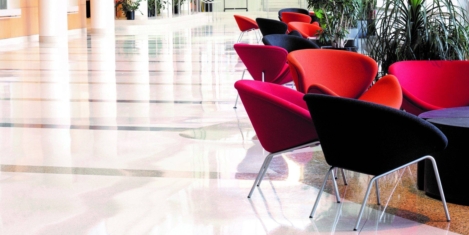
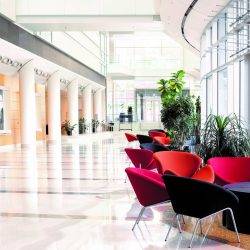


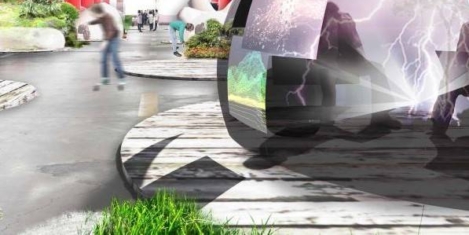
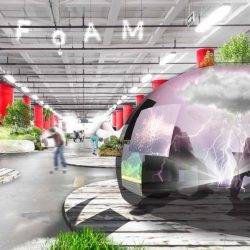




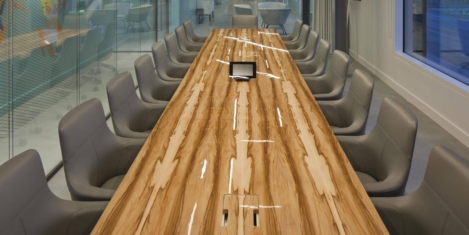
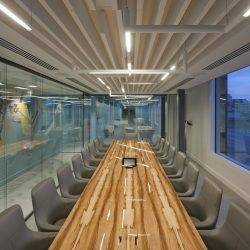
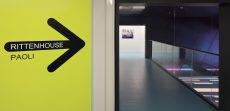
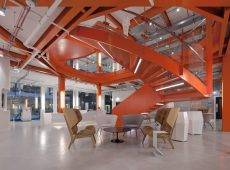
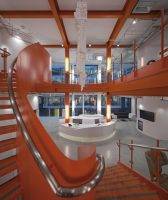
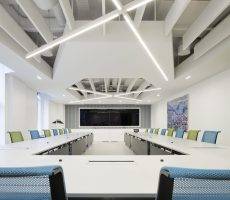
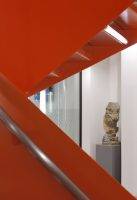
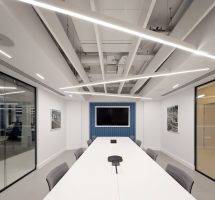
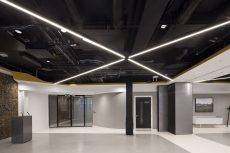
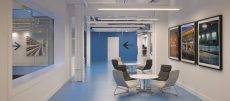
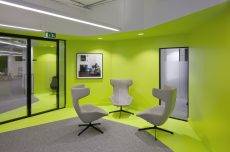

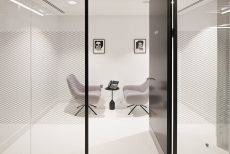
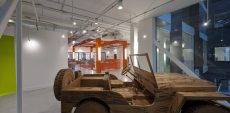
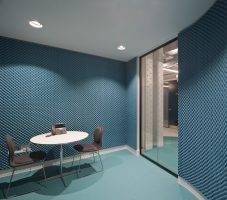
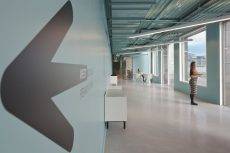
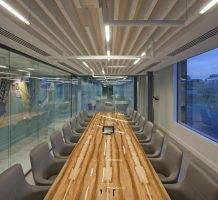
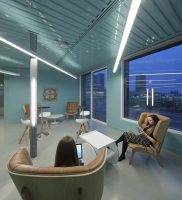













November 25, 2016
Reducing paper-weight is the key to maintaining a healthy business in the digital age 0
by Chas Moloney • Comment, Technology
(more…)